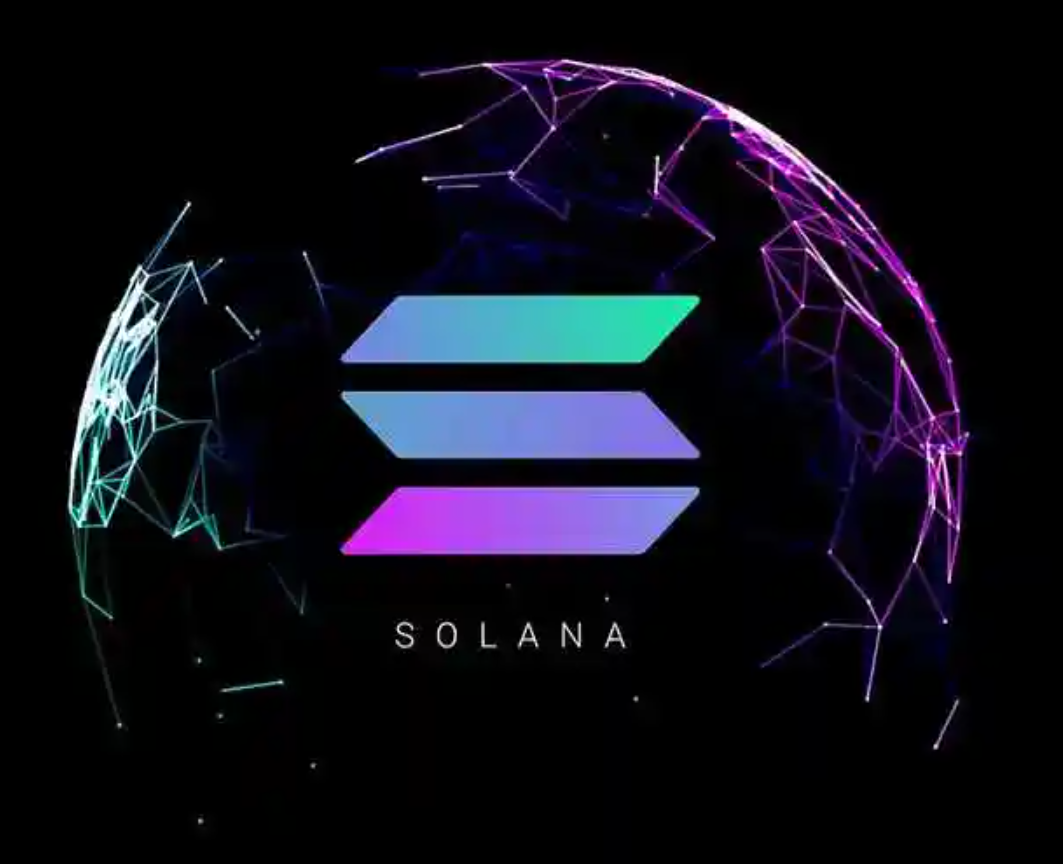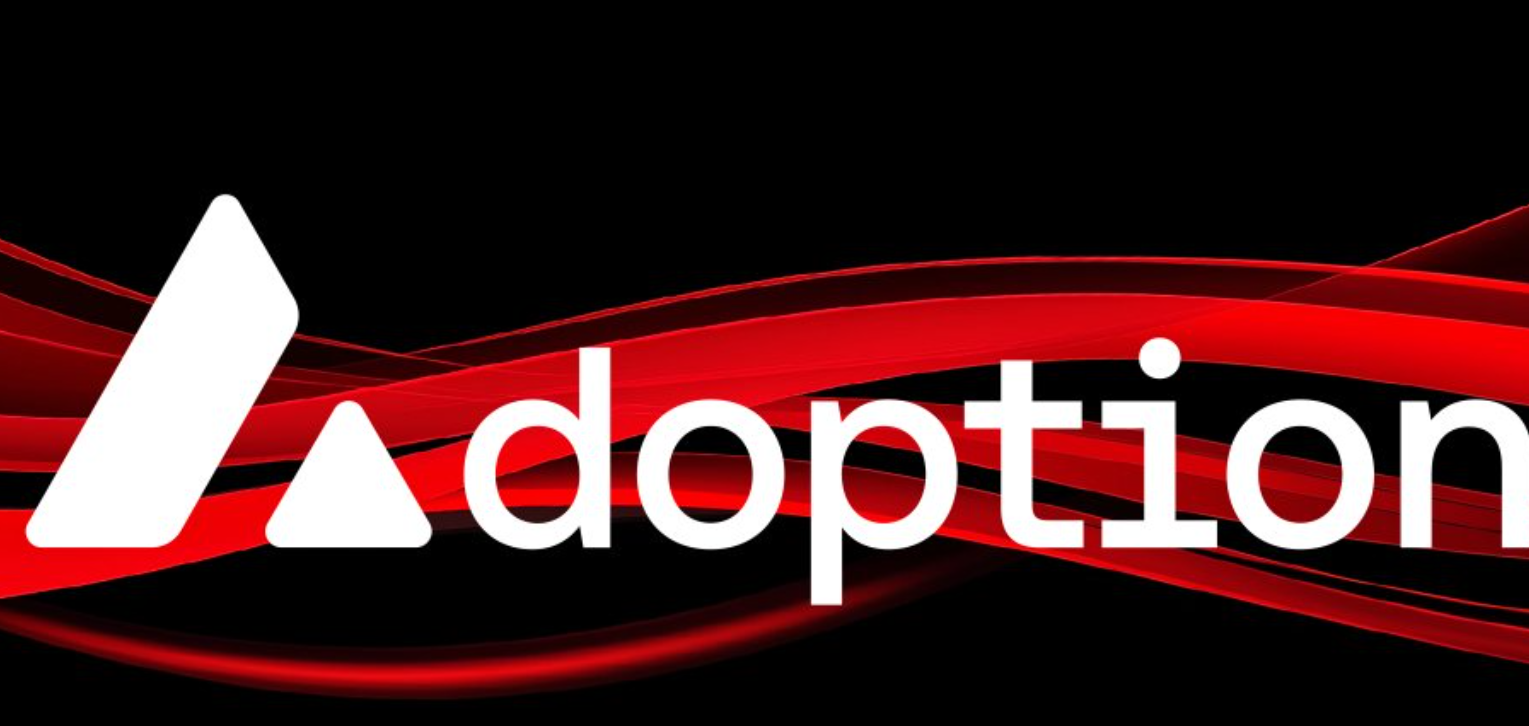Ethereum Faces Challenges: The Rise of New Blockchains like Solana
Ethereum, as the second-largest cryptocurrency platform globally, has long been a dominant force in the development of decentralized applications (dApps). However, with the rise of emerging blockchains like Solana and Avalanche, Ethereum faces unprecedented challenges. The emergence of these blockchains is not only putting pressure on Ethereum, but it is also accelerating the development of blockchain technology.
Ethereum's Current Status and Advantages

Since its launch in 2015, Ethereum has dominated the fields of decentralized applications (dApps) and smart contracts. Its powerful smart contract capabilities have made Ethereum the foundation for decentralized finance (DeFi), non-fungible tokens (NFTs), and many other blockchain projects.
However, as Ethereum's network grows, transaction speed and costs have become bottlenecks. Ethereum's slower transaction speeds and high transaction fees, especially during network congestion, have led many developers and users to seek alternatives.
The Rise of Solana and Avalanche

Solana is one of the most prominent emerging blockchains, known for its high throughput and low transaction fees. Solana uses a consensus mechanism called "Proof of History" (PoH) that significantly boosts transaction speed, making it a highly competitive blockchain platform. Solana's blockchain can process over 65,000 transactions per second, compared to Ethereum's 15-30 transactions per second, making it a major advantage.

Avalanche is another blockchain gaining traction. Its uniqueness lies in its multi-chain structure and consensus mechanism, which provide higher scalability and lower transaction latency. Avalanche's fast transaction confirmation times and low transaction costs have attracted numerous DeFi projects and developers.
Ethereum's Response Strategy
In response to the competition from Solana, Avalanche, and other emerging blockchains, Ethereum has begun technical upgrades to maintain its leadership. The Ethereum 2.0 upgrade aims to address the issues of slow transactions and high costs. By introducing a Proof of Stake (PoS) consensus mechanism and shard technology, Ethereum plans to significantly improve network scalability and efficiency.
Moreover, the Ethereum community is continuously developing new Layer 2 solutions, such as Optimistic Rollups and ZK-Rollups, which can improve transaction speeds and reduce costs without altering the main chain structure.
Investor's Focus
For investors, selecting a promising blockchain project is crucial as blockchain technology continues to evolve. Although Ethereum remains the most popular blockchain, the rise of Solana, Avalanche, and others should not be ignored. Investors should assess the technical characteristics, ecosystem development, and market performance of different blockchains when evaluating their investment potential.
Overall, as emerging blockchains continue to grow rapidly, Ethereum will face increasing competitive pressure. However, Ethereum is also undergoing continuous technical upgrades, and it still has the potential to maintain its core position in the blockchain industry.
Therefore, investors need to closely monitor the development of these blockchains and adjust their investment strategies to adapt to changes and challenges in the market.
















No comments yet